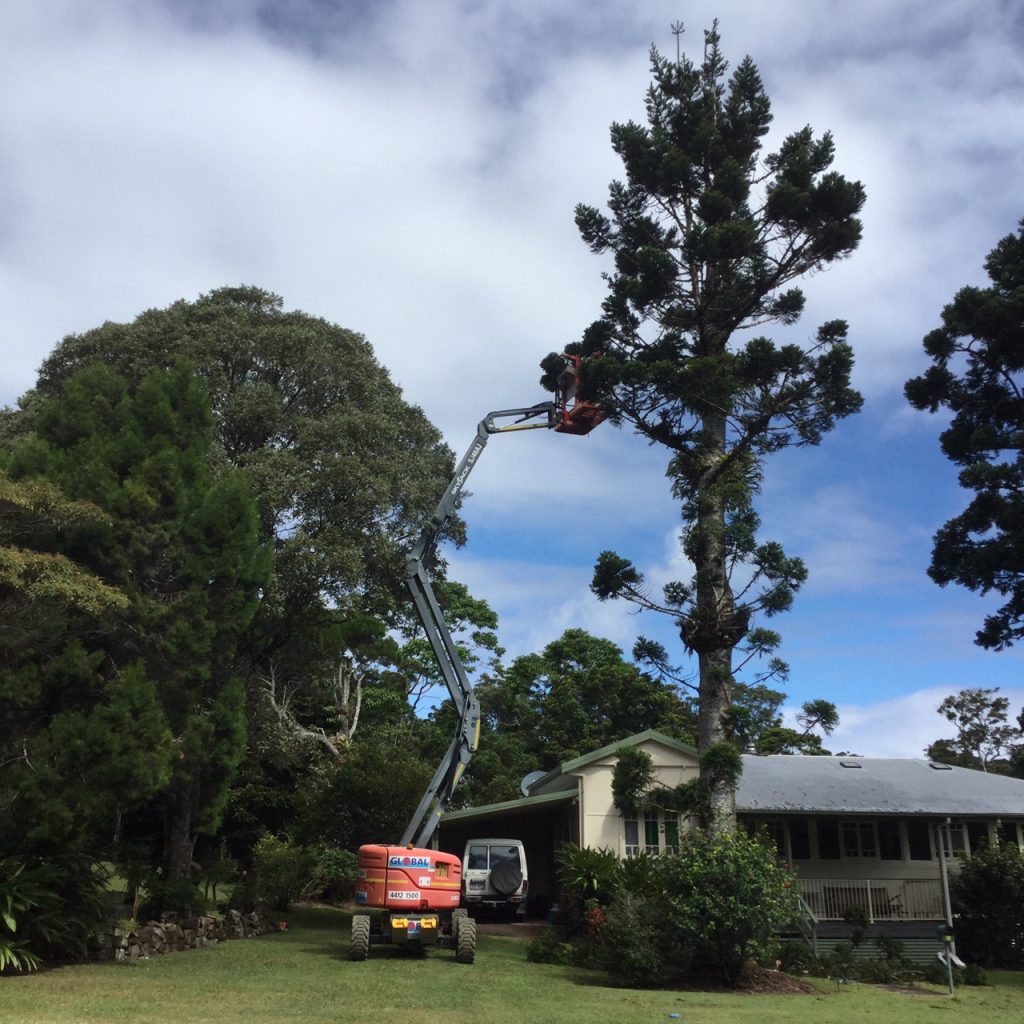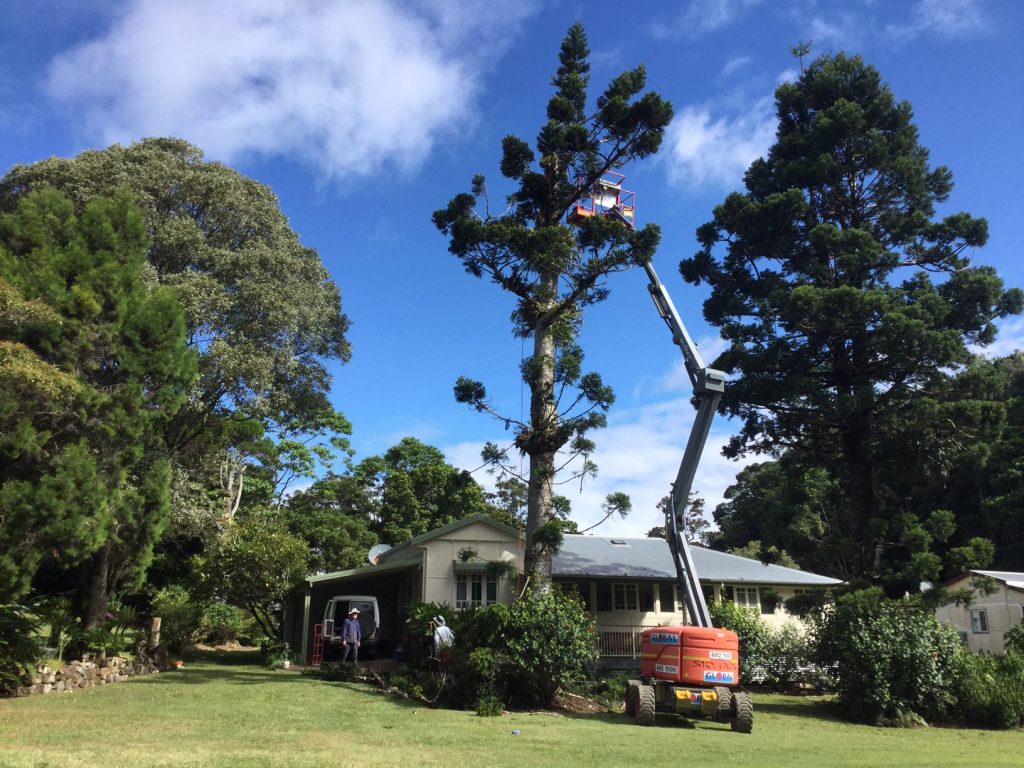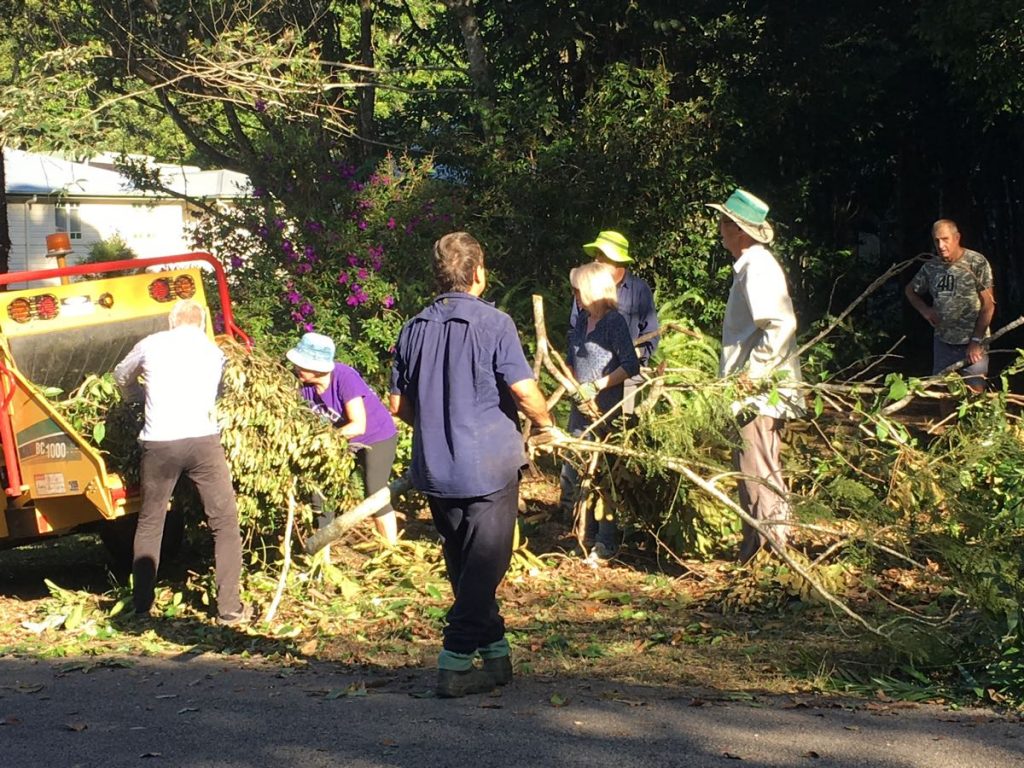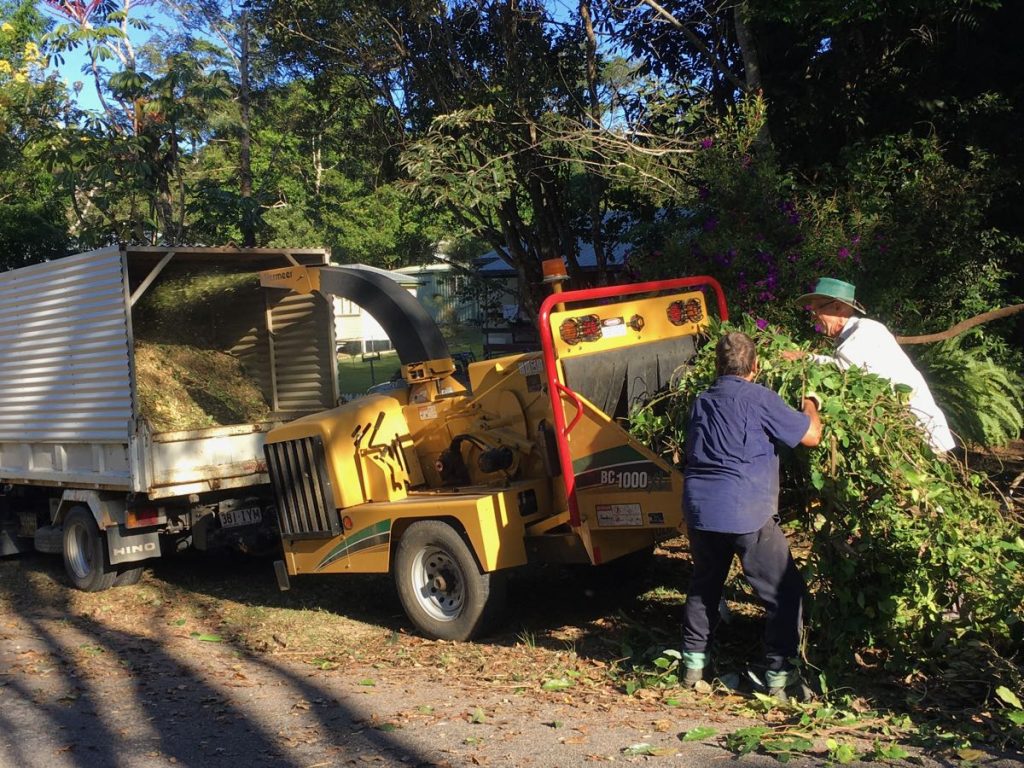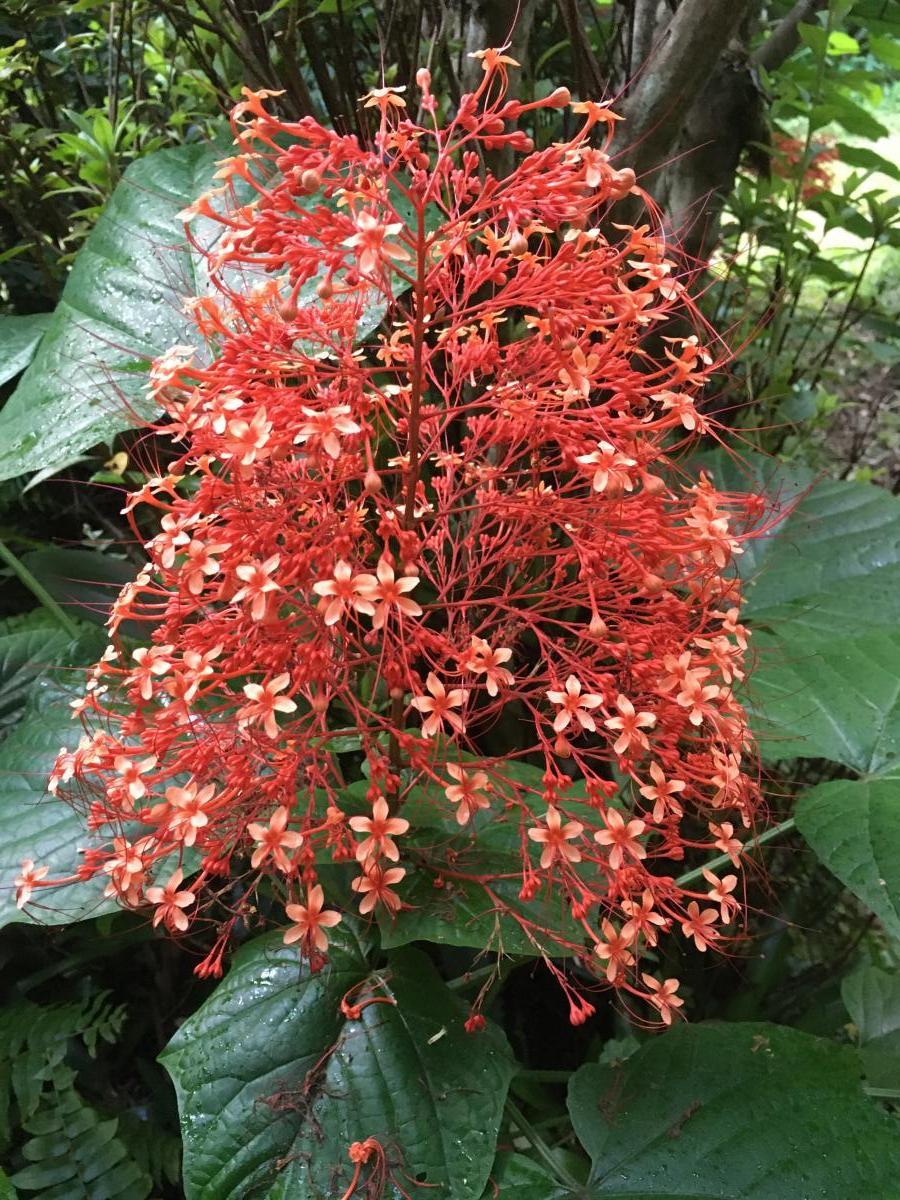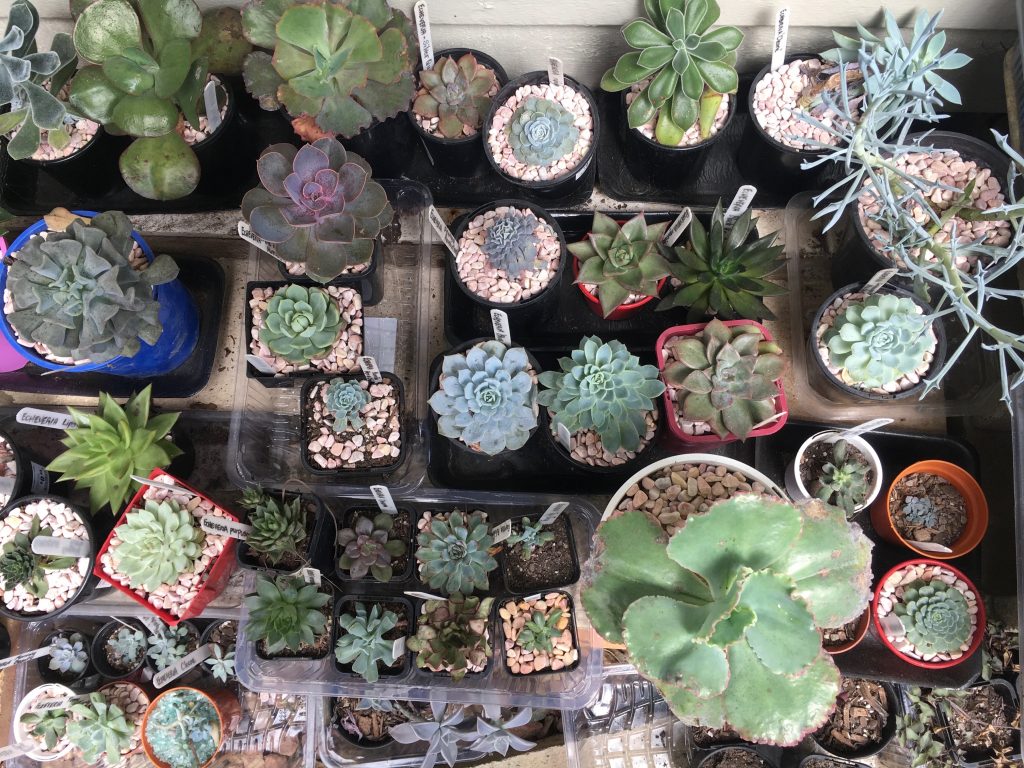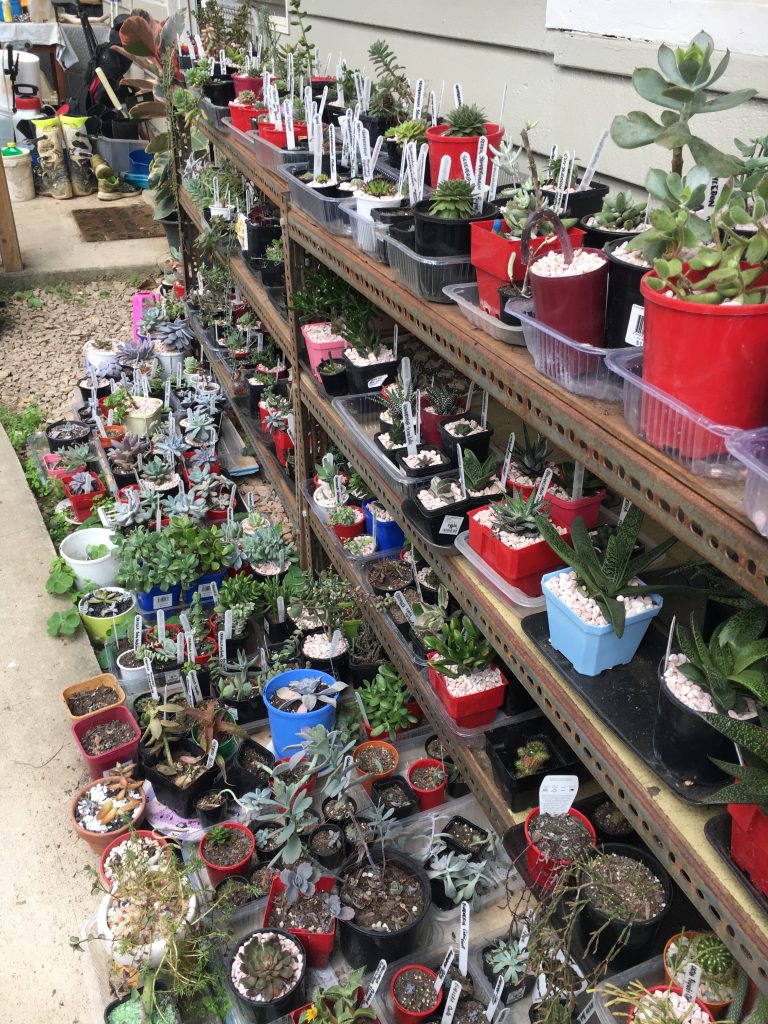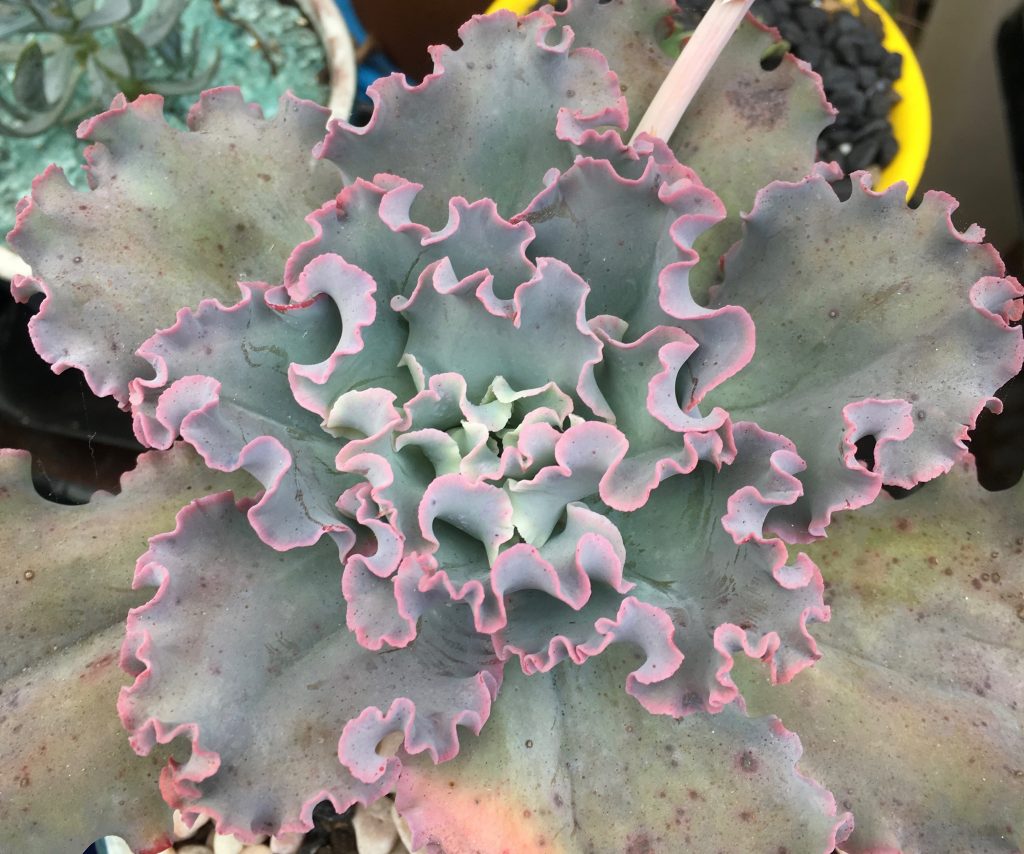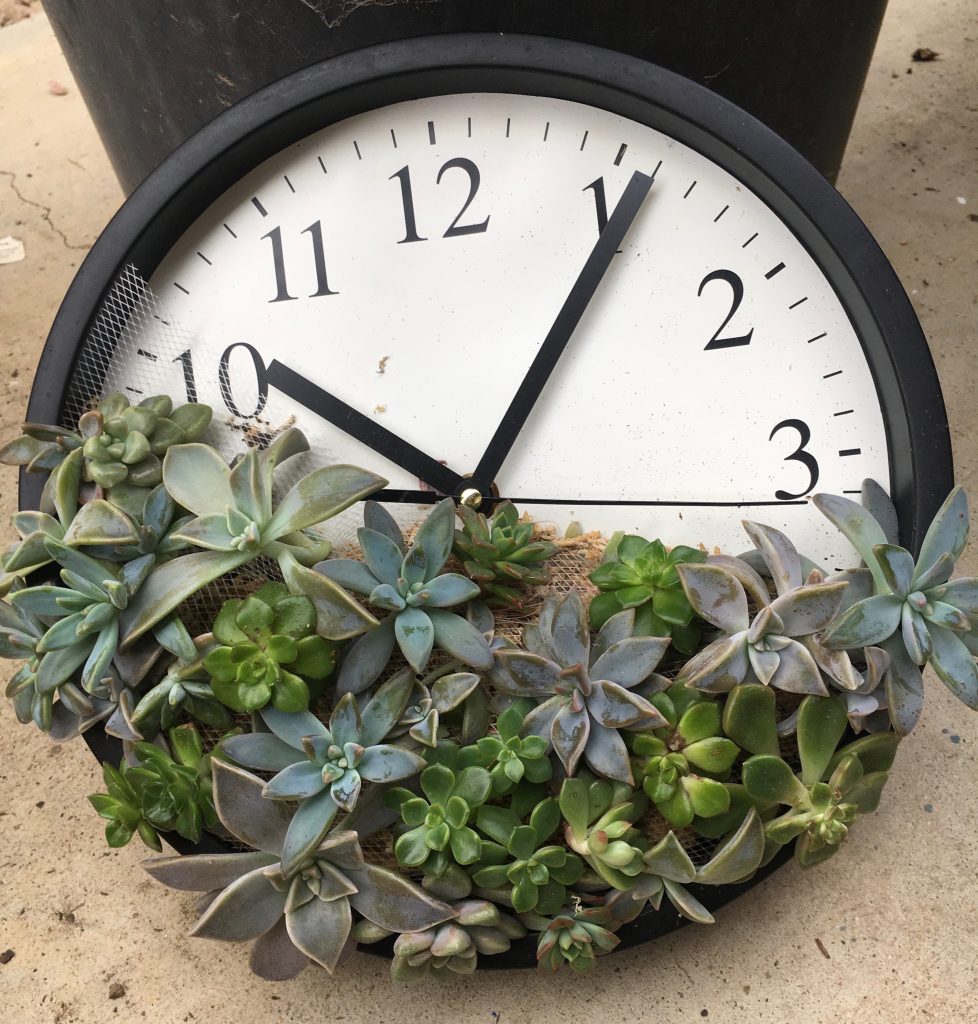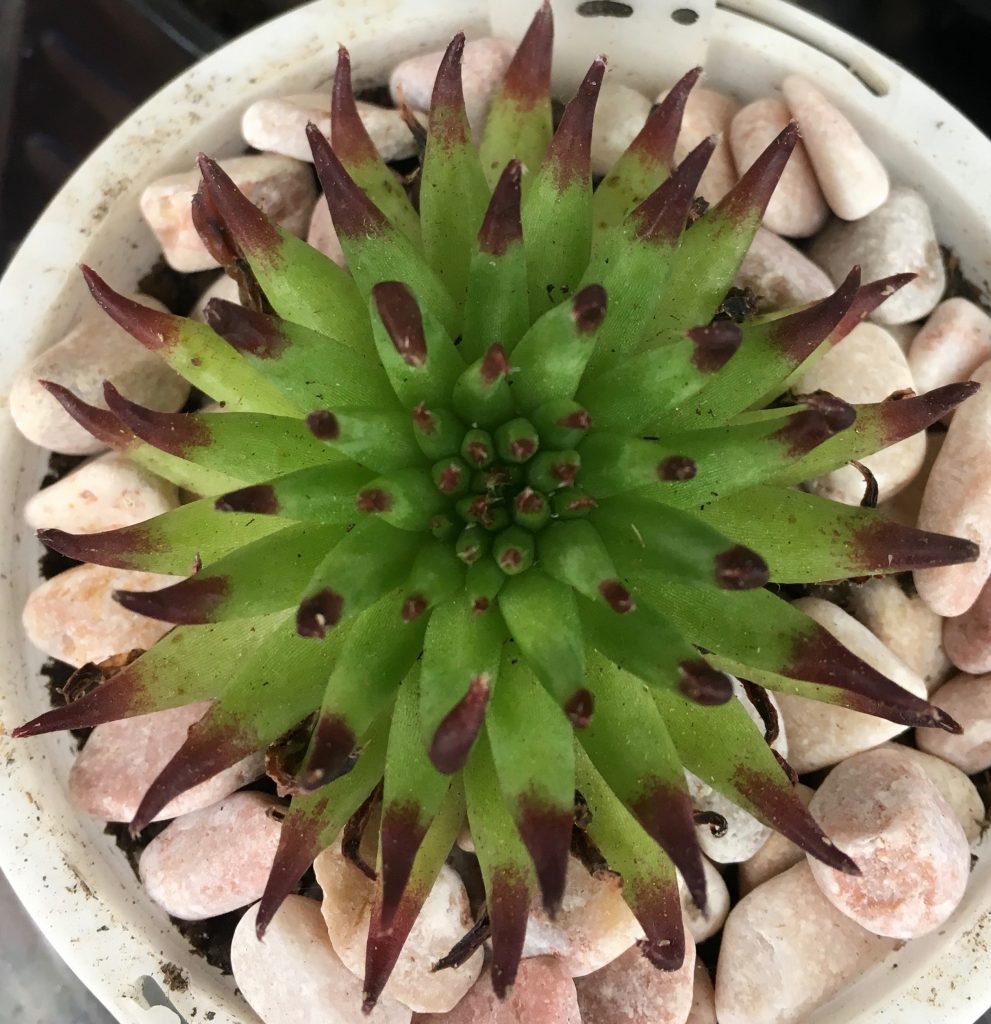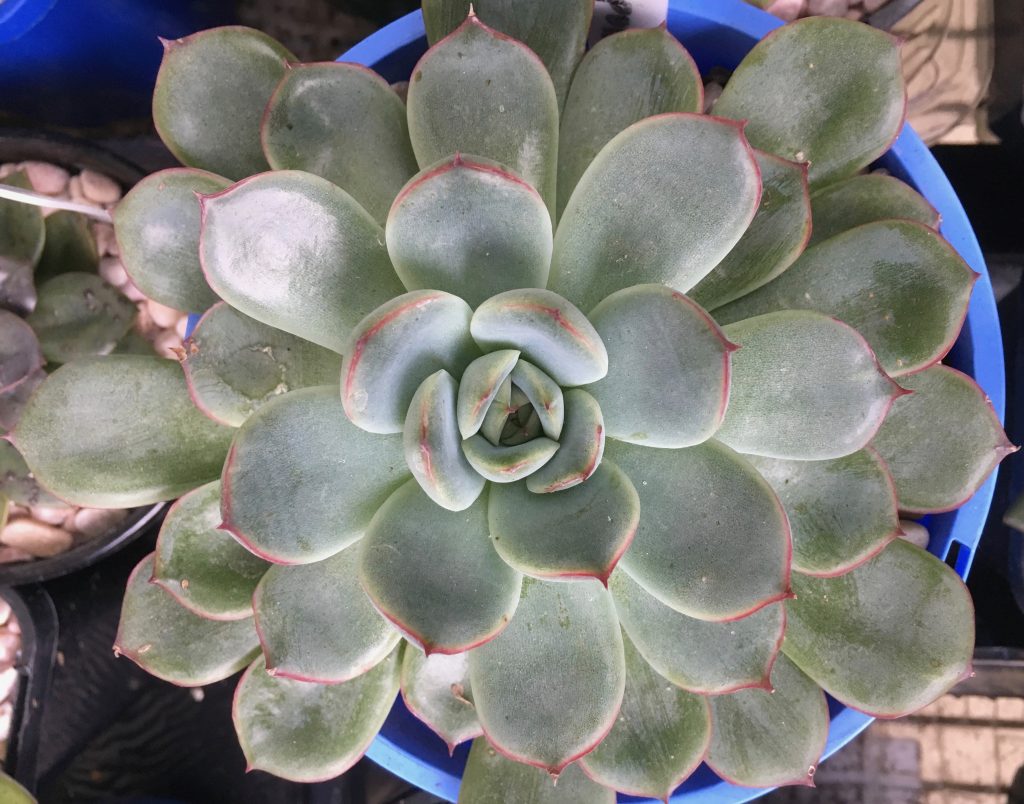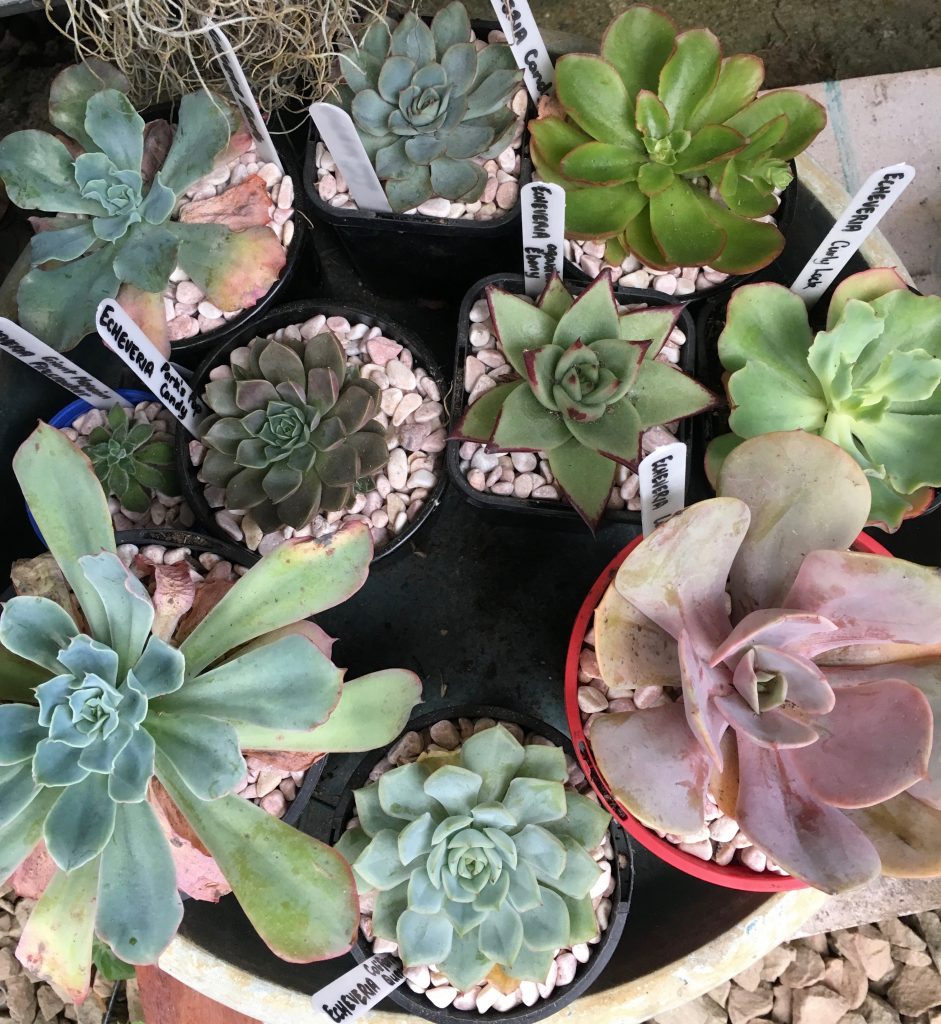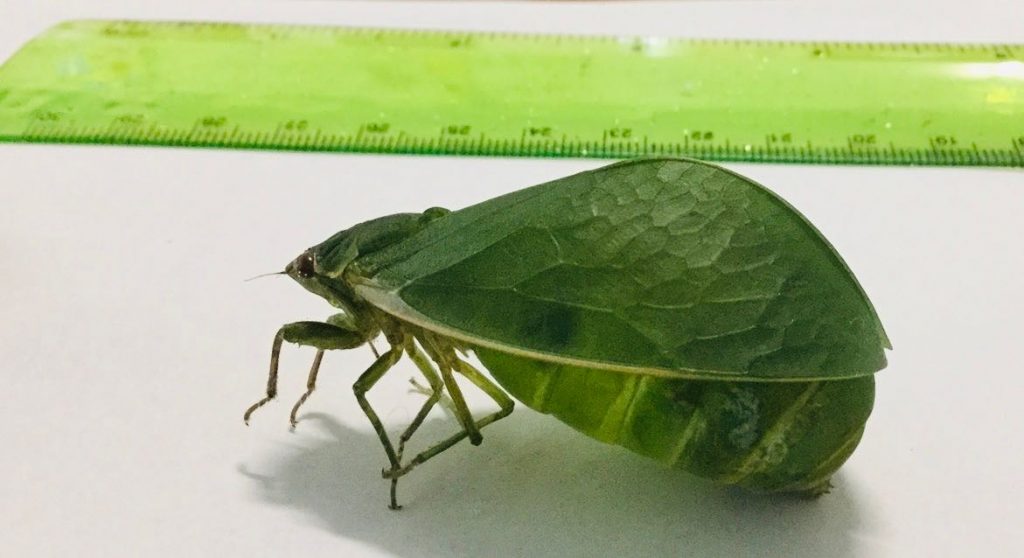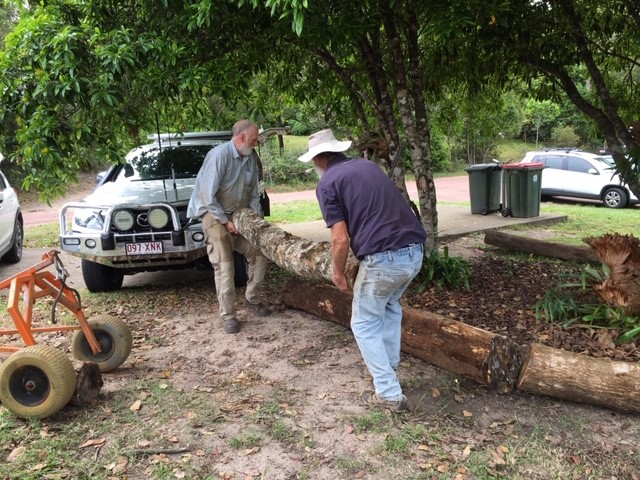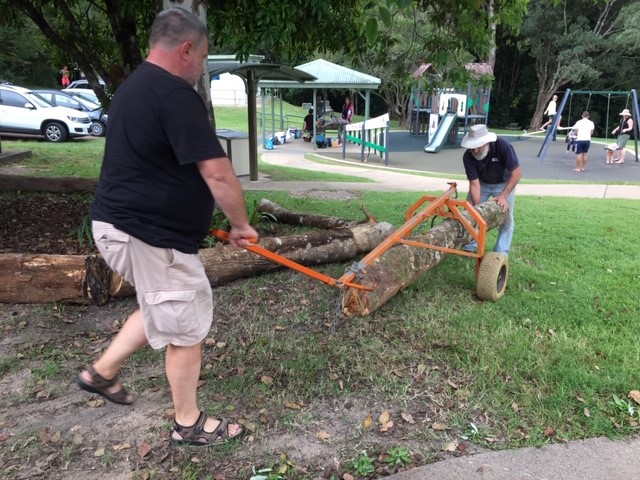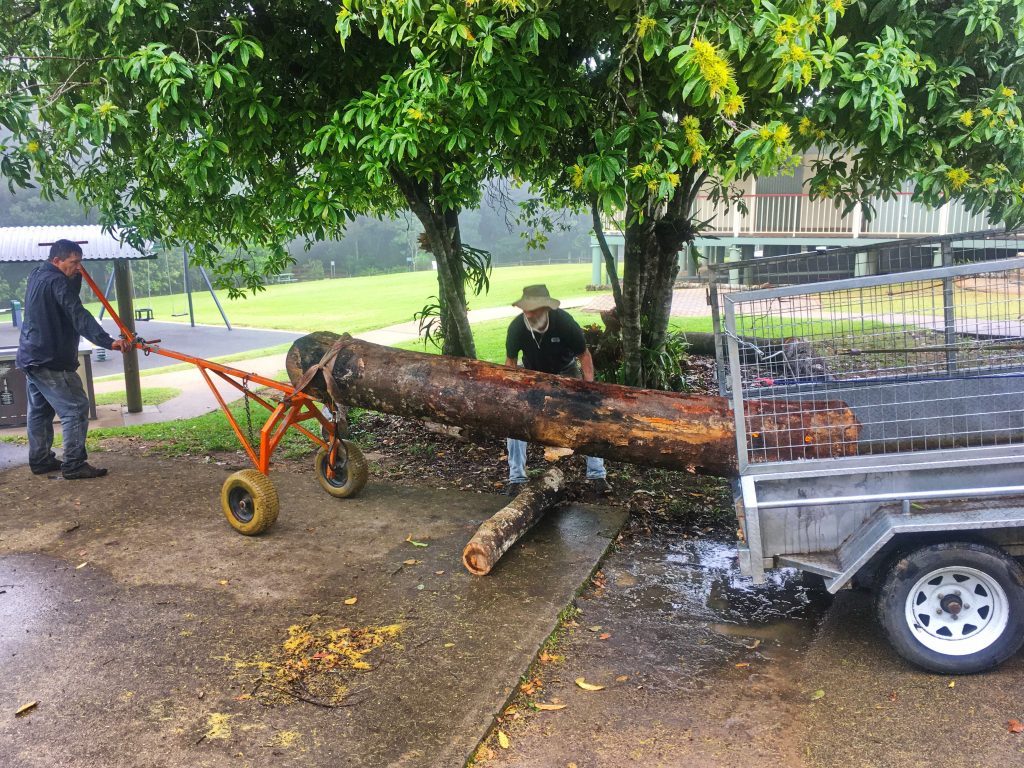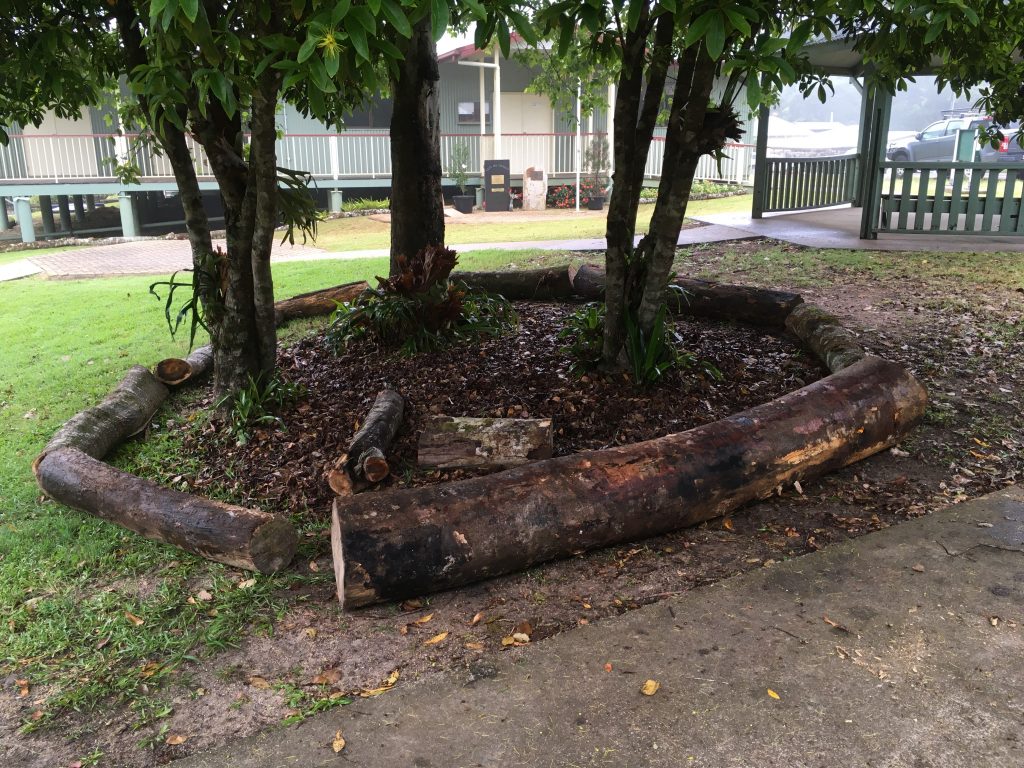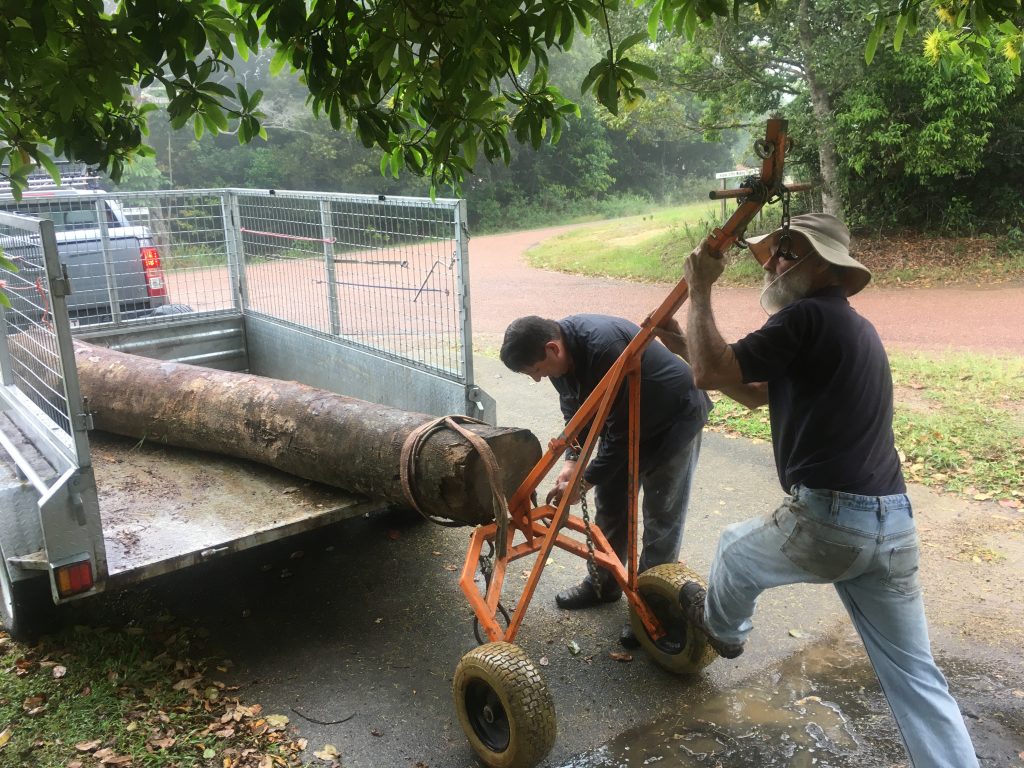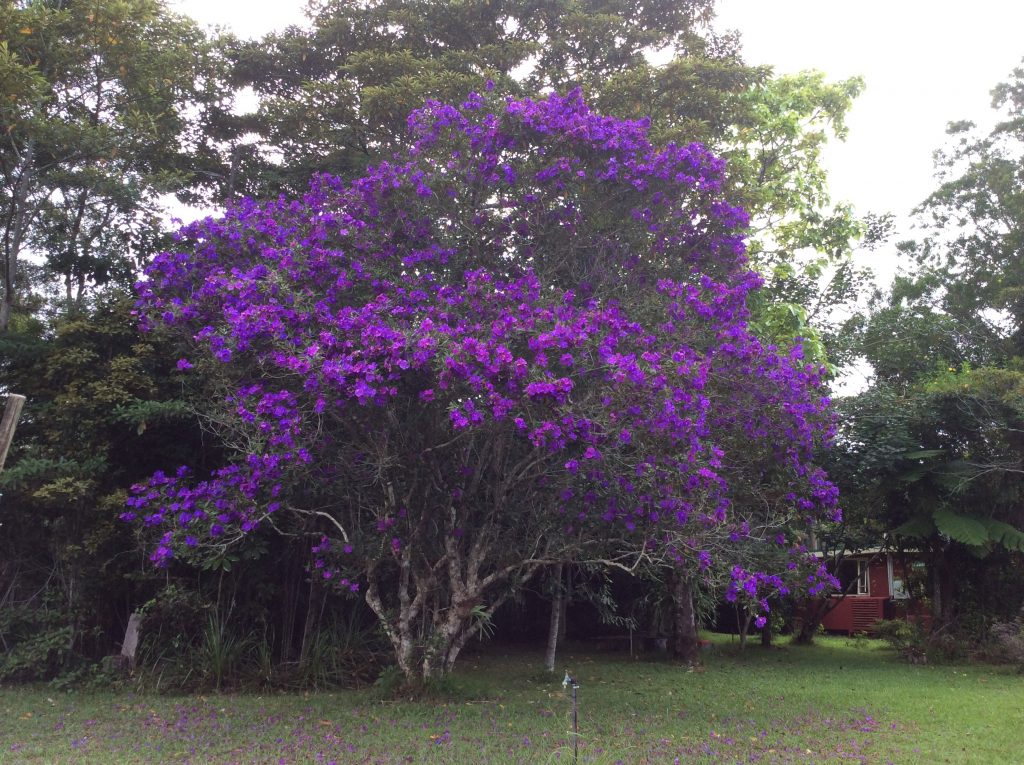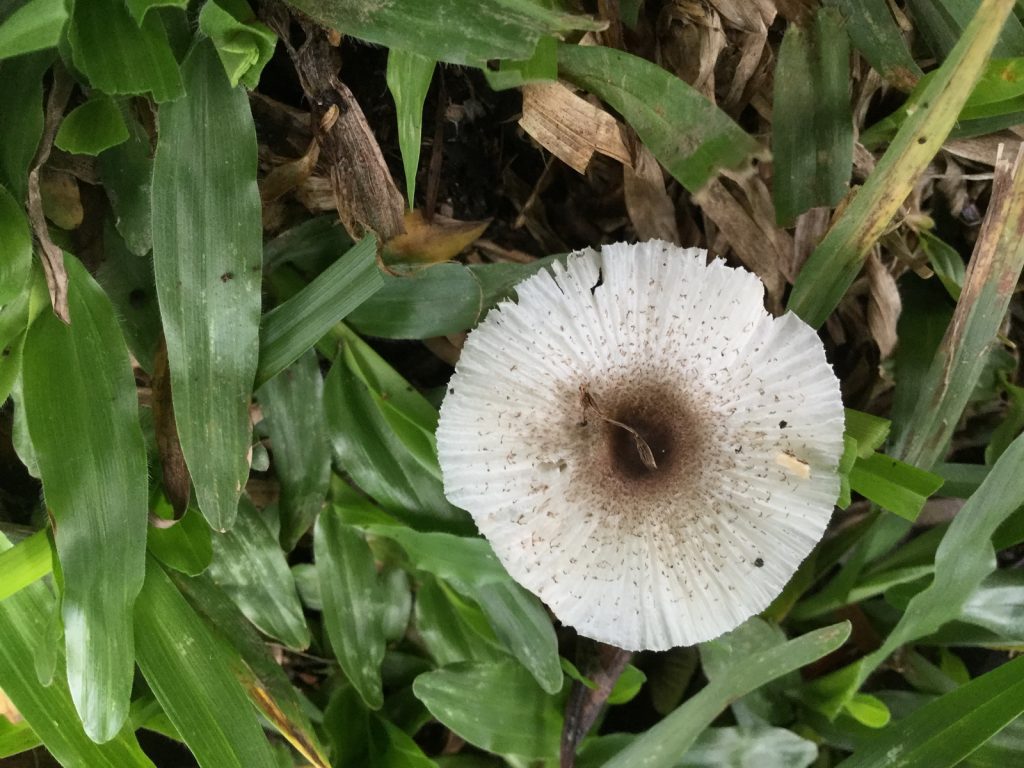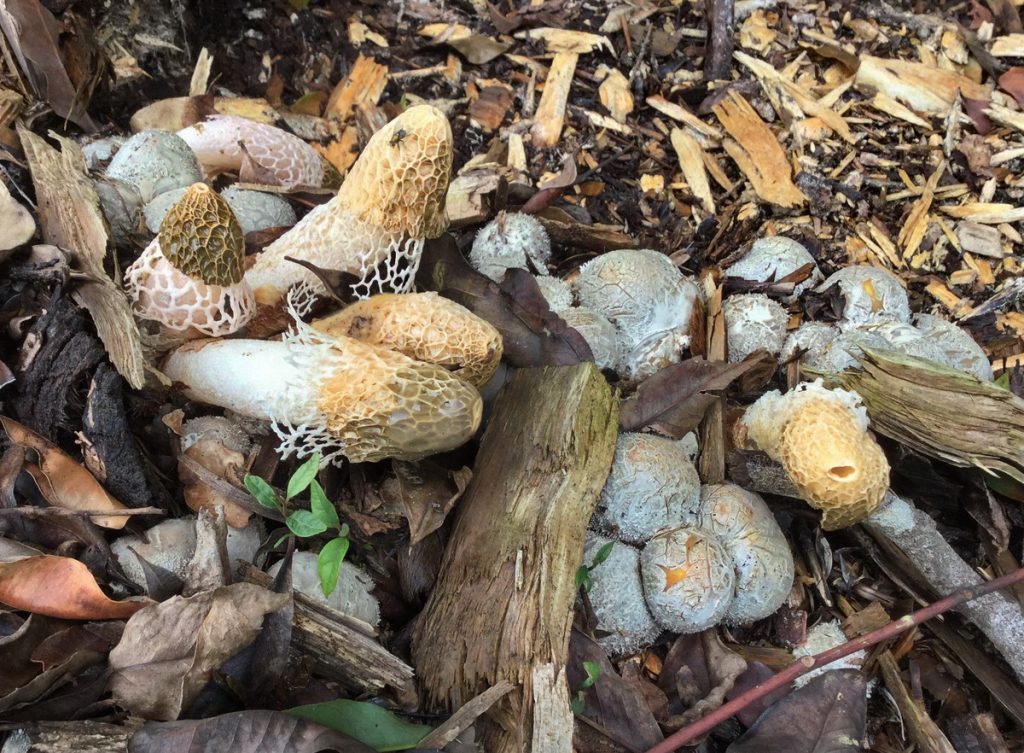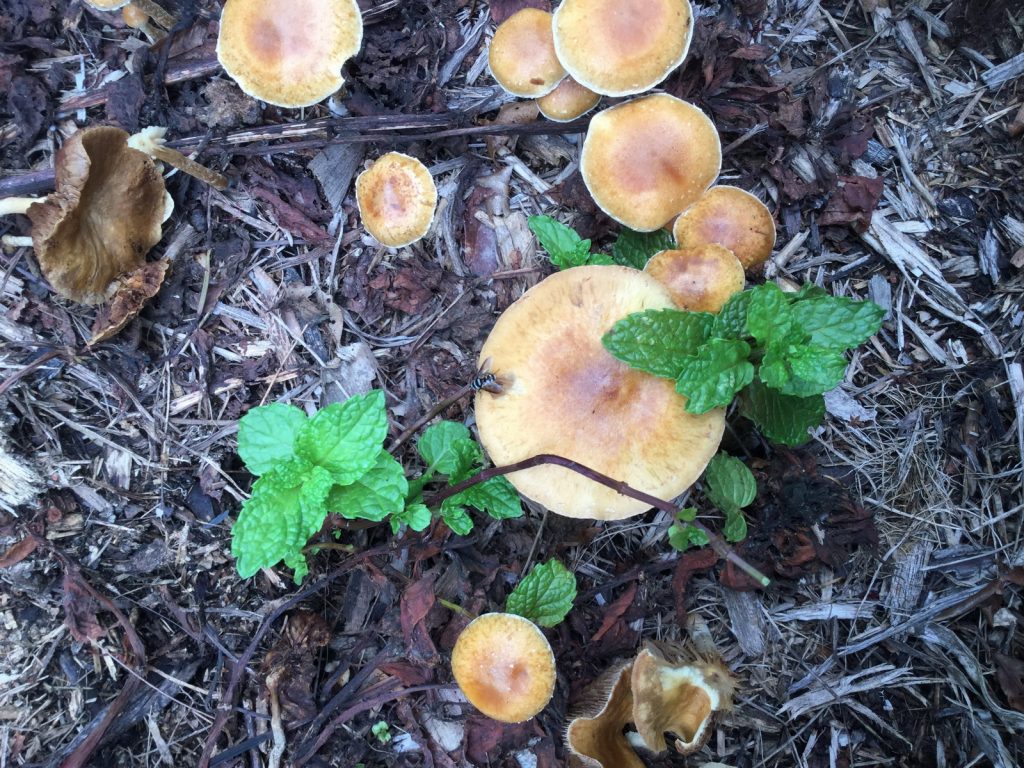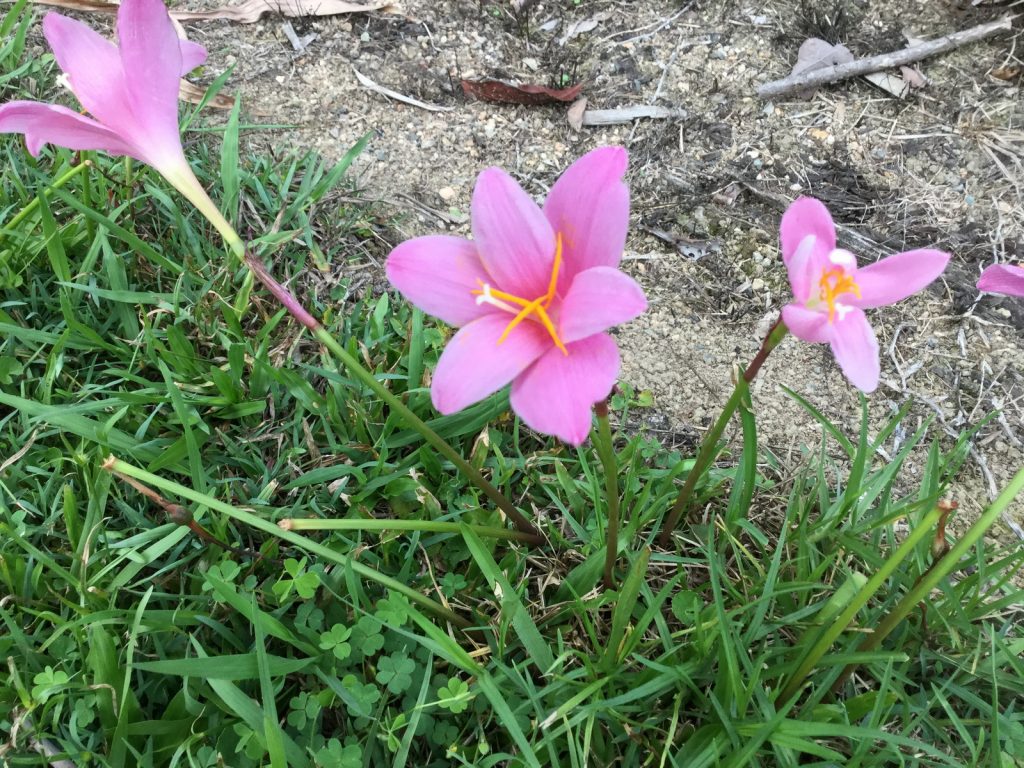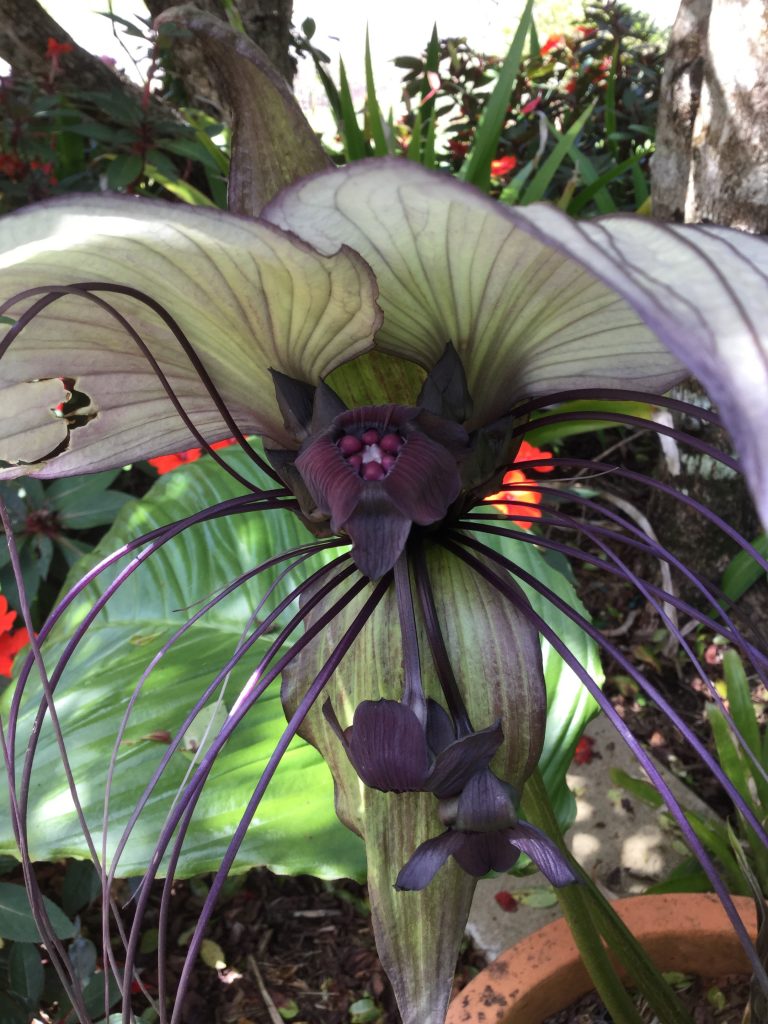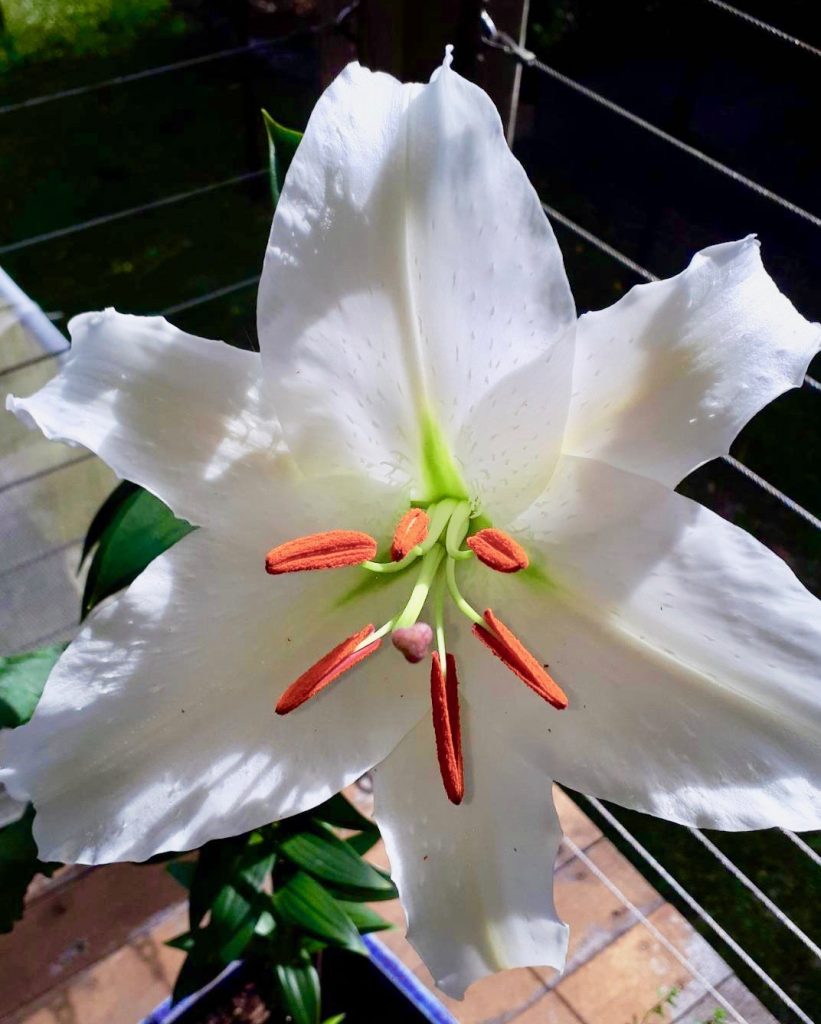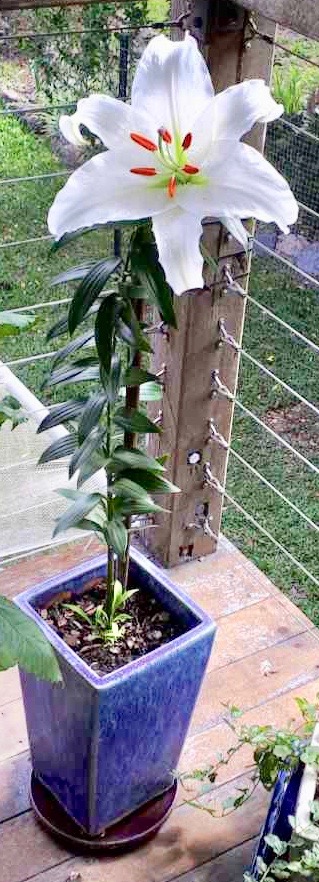Many of you will have enjoyed reading the informative ‘Nature Notes’ contributed by Paluma’s resident naturalist Roy Mackay over a great many years. Roy’s passion was to educate people about the natural world and to foster interest and respect for our native flora and fauna. In the spirit of continuing Roy’s great work and his legacy of reporting on nature’s treasures in and around Paluma Village, we present the following notes, observations and musings contributed by long-time residents and fellow naturalists Linda Venn and Colwyn Campbell.
Linda Venn writes:-
You already know (from previous postings) about our Northern Leaf-Tailed Gecko which made an appearance at Summerhouse (No. 16) over Christmas. Well, in the same time period, we had a common Green Tree Frog trying to get in the pet flap on the back screen door. We can hear several Green Tree Frogs calling when it rains, which is unusual. When we first came to Paluma, conventional wisdom was that the only Green Tree Frogs here had been inadvertently imported in goods brought up the hill, as it was too cold for them. Well, now we have at least three just at our end of the Crescent. Maybe Paluma is warmer now than it was 30 years ago? It’s certainly drier.
Another unusual visitor is the Pallid Cuckoo. There’s been a pair around for the last few weeks. These are not often seen in Paluma, though Andree Griffin recorded one at the dam in 1971 and Roy Mackay saw one in Paluma more recently. Their flight is very falcon-like, but whether or not they are a bird of prey was not confirmed by the smaller birds – who couldn’t care less about their presence and gave no alarm calls. This is interesting, considering that the Pallids parasitise honeyeater nests.
Talking of the cuckoo group, I heard a Koel calling one night, but not since (Phew! Noisy buggers!). Must have been just passing through, as were the family group of Black Cockatoos. Also got a good look at a Shining Bronze-Cuckoo this morning; usually heard but not seen. They’re quite small and delicately barred on the chest.
Another interesting one is the Red-necked Rail/ Crake that was calling outside our bedroom window one morning, in the regrowth forest at the rear of Fatima Cottage. This lovely little “chook” was first seen in Paluma by my brother, in the backyard of Ivy Cottage in 1982. Seems to stay close to creeks and is more likely to be heard than seen. Its call is a maniacal laugh, quite disconcerting at close range before dawn!
Yesterday, we had a solitary Metallic Starling in our rusty fig (now fruiting, so we’ve had a Figbird or two as well). To see just one starling is unusual, as they usually travel in flocks. Well, this morning a small flock arrived and spent time in the fig and the regrowth between Summerhouse and Mt Spec Cottage. Their fluttering flight is distinctive.
We also have a shy resident Tooth-billed Bowerbird who enjoys both the figs and the fruit of the walking-stick palm. He was giving his repertoire of mimicked bird calls the other evening, quite disconcerting until you realise that all those different birds are highly unlikely to be in the one tree at the same time!
Another bird that usually travels in a group is the Silvereye. We’d only seen a pair, then this morning a small flock arrived in the regrowth on the footpath.
Colwyn Campbell penned the following response:-
A few years ago, (I’d have to trawl through old diaries for the date), Linda Venn called me over to look at a bird feasting on the fruit of a rhodomyrtus in the front garden. It had been there all the previous day and it was the scolding of smaller birds that drew attention to it. It was unfazed by our presence and just kept eating, seeming determined to strip the tree. We were puzzled because it had the distinctive markings of a cuckoo. Roy Mackay came up and identified it as a young Pallid Cuckoo. We were puzzled as its presence was unusual here; also Linda wondered what local bird would have a nest big enough to have hosted the cuckoo.
The Red Necked Rail/Crake makes its way in the evenings along the creek area behind my house. Only twice in all the years I have been here have I seen one venture onto the back lawn. Last year I saw one at the edge of the shrubbery across from Manali. Coincidentally, that afternoon, two birdwatchers had the Rail/Crake on their ‘to see’ list and it emerged from the scrub long enough for them to take some good photos. Seven years ago near Roy Mackay’s house I found one dead on the road verge. It had evidently been hit by a car, but was almost unmarked and still warm. Roy stuffed it and it now is in the museum.
The Koel – yes, I was surprised to hear it too.
